Kimberly Lightbody, Miles Kohrman, and Mashayekhi.
The occupation of 90 Fifth Ave. proved to be a contentious and divisive issue for the entire community. For many students, the occupation represented a manifestation of the ideals that they had come to The New School to experience: our historically active and progressive university was, once again, making its voice heard in an important social movement. But plenty of others were opposed to the occupation, and raised concerns about the graffiti on the walls of the Student Study Center, the loss of valuable — and limited — study space at the university, and the perceived exclusiveness of the occupation.
All of these different issues left the university community uncertain. What were the occupiers trying to achieve? Were they going about it in the right way? And did they succeed? When the occupation officially ended, quietly and peacefully, in the early hours of November 25, these questions were still unanswered. Now that it’s all over, we have an opportunity to reflect upon what happened and discuss how we, as a community, should move forward.
On November 17, when the occupation began at 90 Fifth Ave., many students supported it. They supported the OWS movement, and saw the occupation of the Student Study Center as a chance to bring that movement and its values to the New School. The organizers of the occupation hoped to foster an open dialogue, to have a creative exchange of political, economic and social ideas pertaining to students. The goal in all this was to raise student awareness, spur activism and remind our generation that we can and should have a say in the way that our university, and our entire country, is run.
But as the occupation wore on, the original goals and values of the OWS movement — the goals and values that the occupiers had wanted to bring to The New School and use to launch a nationwide student movement — were lost. As word spread of vandalism in the Student Study Center and the occupiers issued a press freeze there, the occupation came to be seen as an exclusive, radical movement, and many students who supported OWS and wanted to be involved said that they felt uncomfortable and unwelcome there. Disillusioned and disappointed, they stopped supporting the occupation and instead called for its end.
But now that the graffiti has been washed away and the Student Study Center has returned to its normal usage, let’s not forget the ideas that attracted so many students to the OWS movement and the occupation of 90 Fifth Ave. in the first place. There is, after all, a reason that OWS is so popular among college students: higher education costs more now than it ever has before, and, as a result, our generation is looking at enormous amounts of student debt. Our government has also racked up a huge amount of debt, and as it continues to wage costly wars halfway across the world and argue about how to fix our country’s enormous wealth disparity, young Americans are becoming increasingly frustrated.
It’s not just us, either. All year, protests, rallies and riots have popped up across the globe. First there was the Arab Spring, then there were the riots in Europe, and now, with OWS, the U.S. is experiencing upheaval as well — not as violent as the Arab Spring, but nonetheless significant.
We can’t fix everything. But we can have discussions and try to facilitate change. Instead of being sidetracked by the drama and theatrics of last week’s occupation, let’s focus on having a dialogue and encouraging student involvement. The occupation wasn’t a total failure — before things got out of hand, it did, at the very least, provoke students to get involved and discuss our country’s social, political, and economic status. OWS does not have to manifest itself in vandalism or in unpopular occupations of valued study space. It can manifest itself in our university by, quite simply, inspiring discussions, spurring active engagement, and reminding our generation that we don’t have to be apathetic — that we have a say in how our university and our country is run. We have a voice, and we can use it.

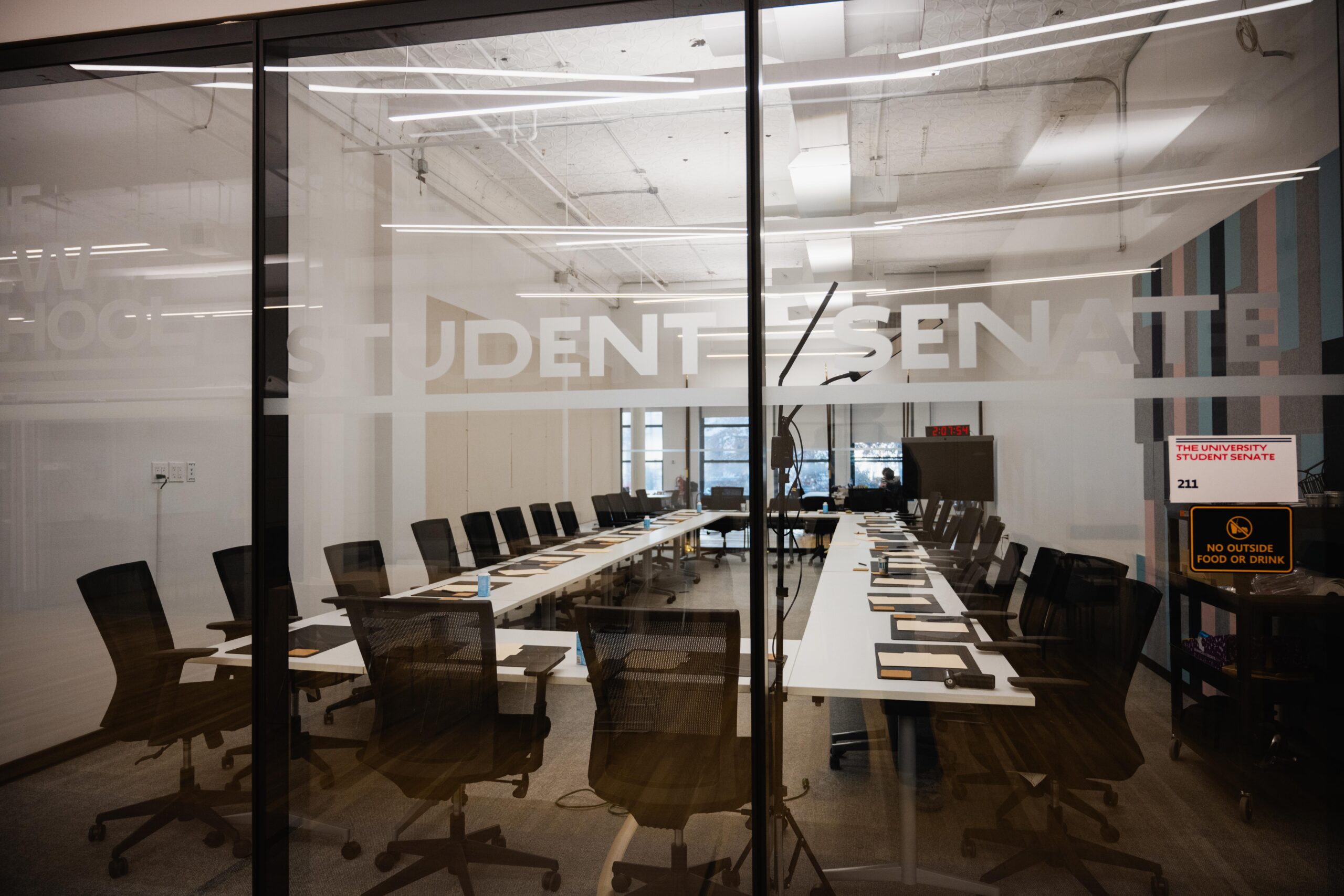
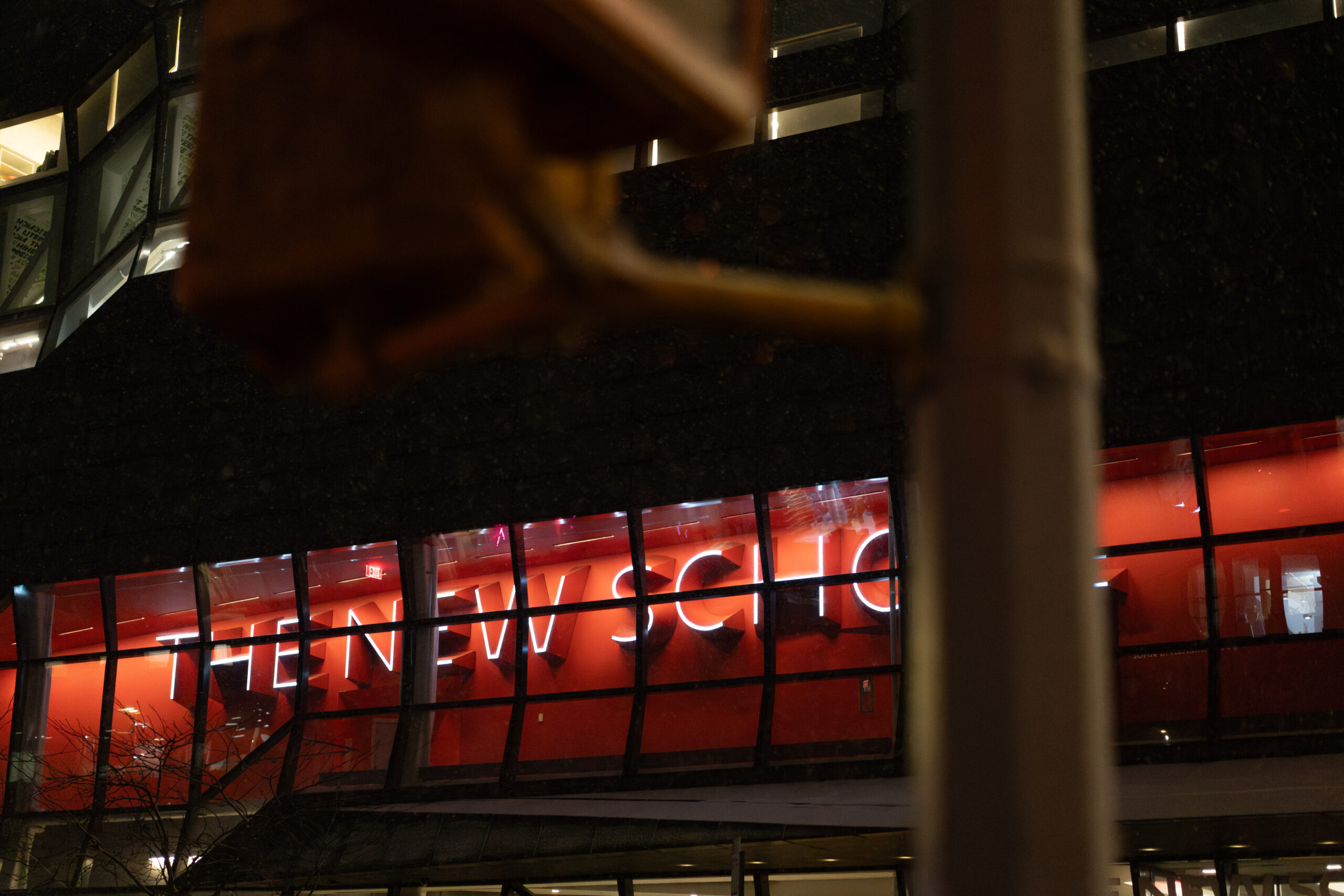
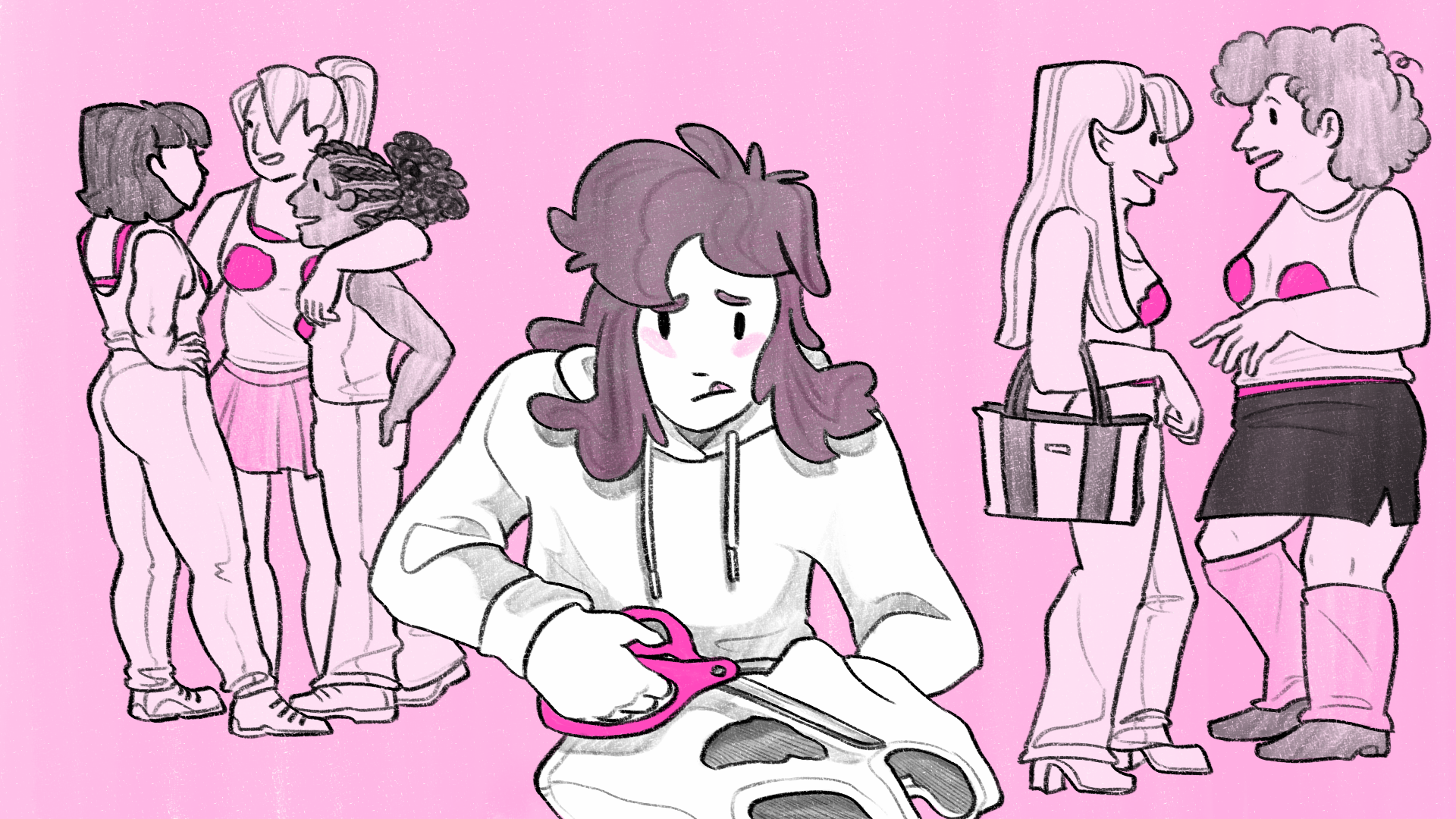
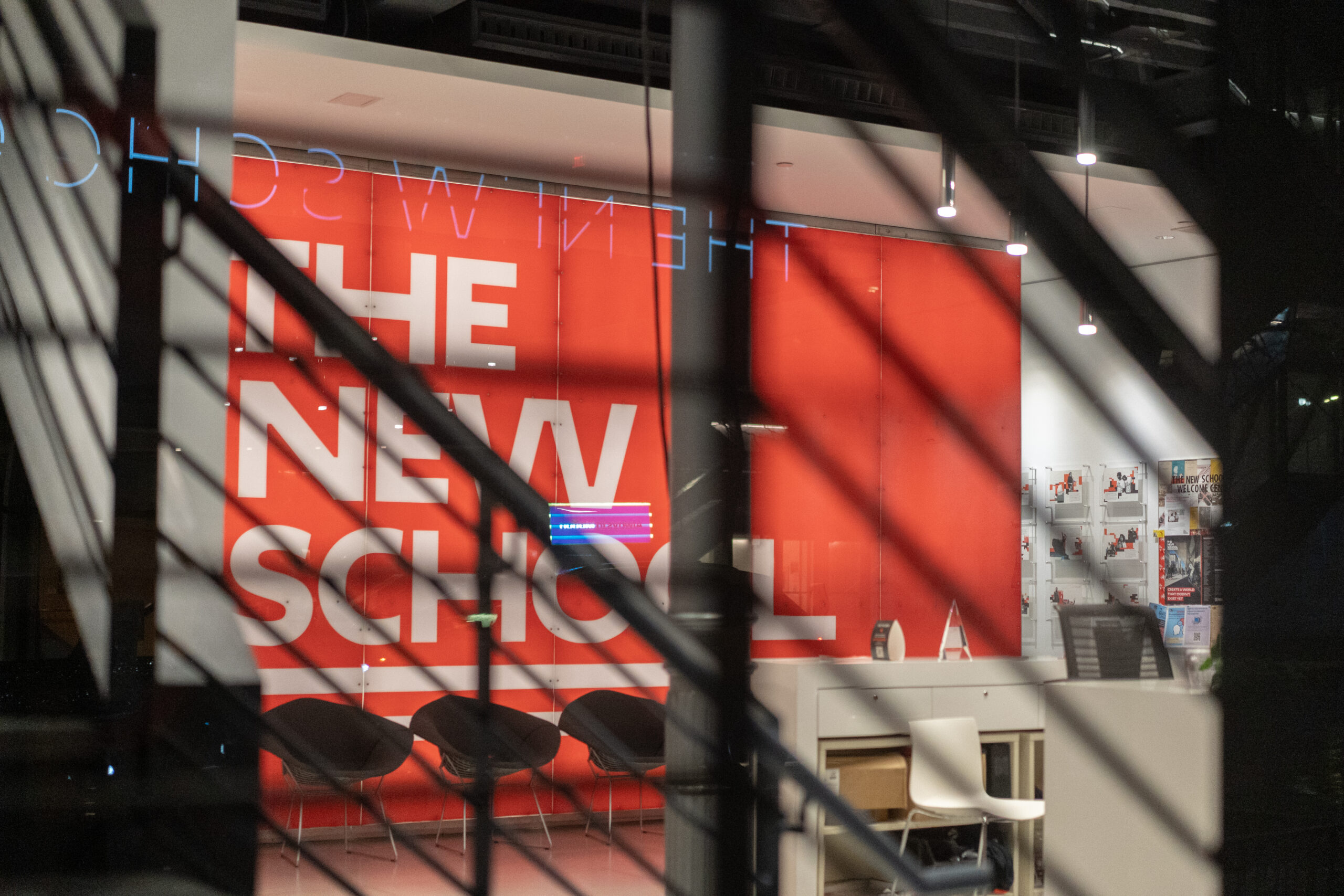
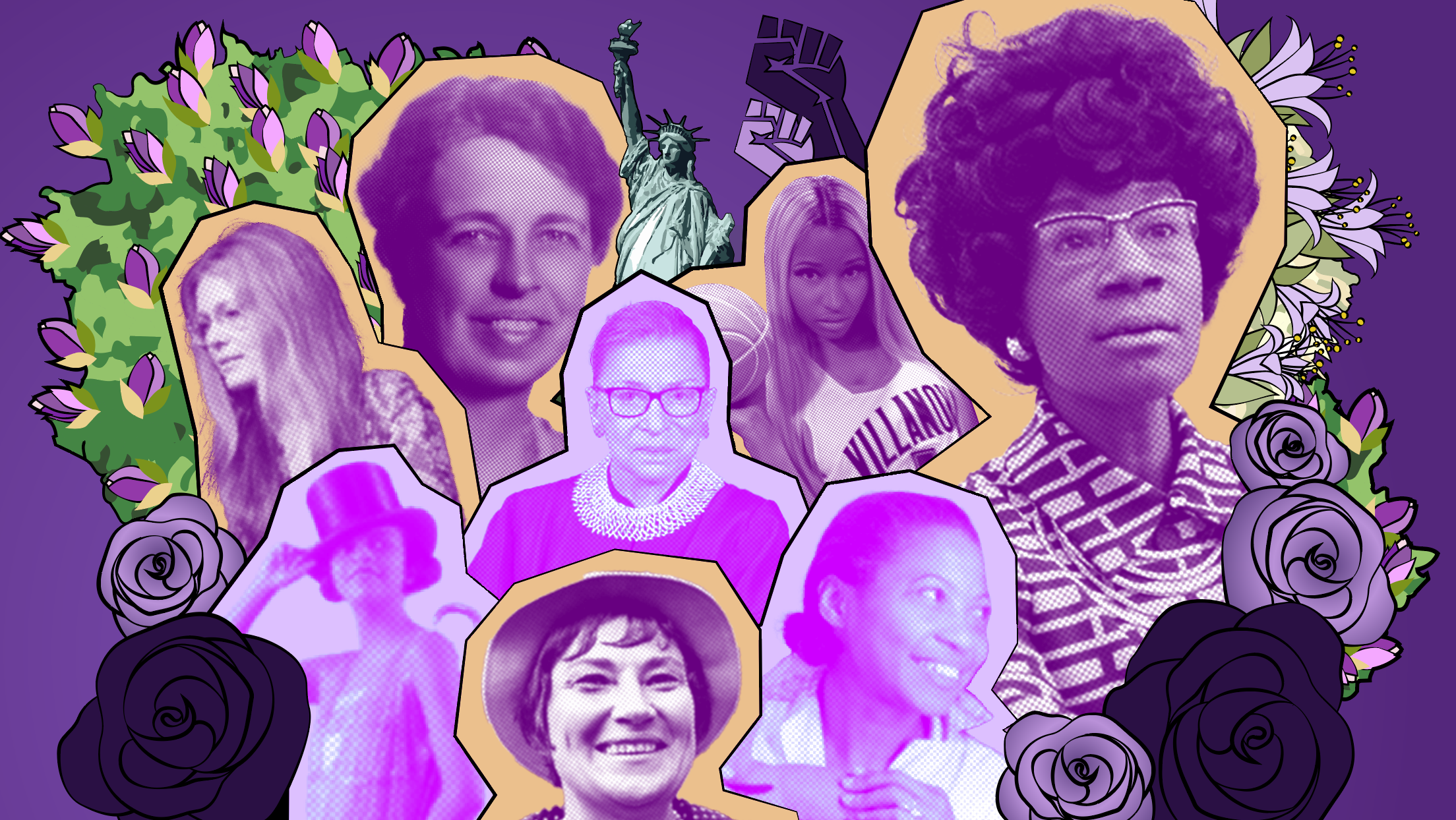

Leave a Reply